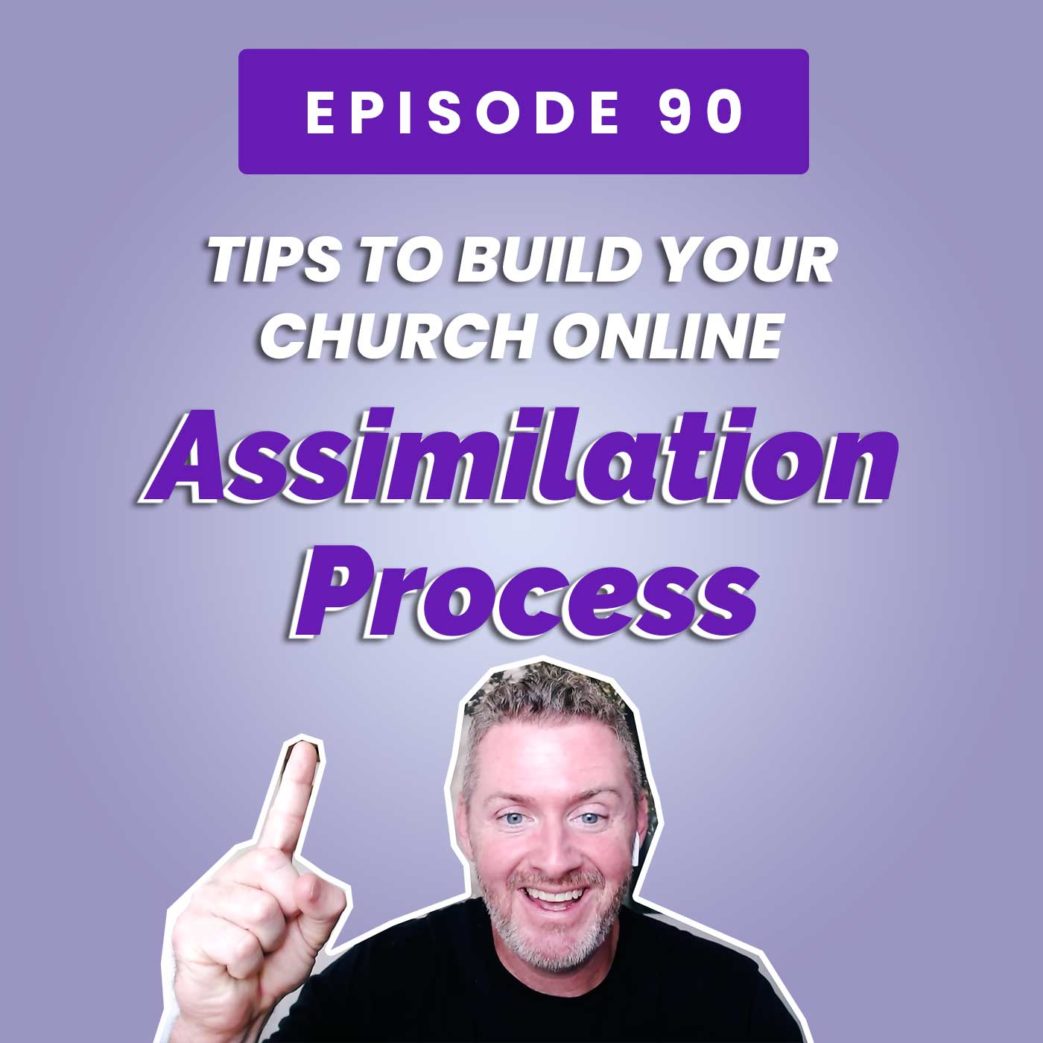An online assimilation process is crucial for taking people from passive content consumers to members of your church family.
Churches today are finding new ways of reaching people through social media channels, live services, and video content in order to build a community that transcends geography, culture, and time zones.
Let’s dive into three things your church needs for an online assimilation process, and three things you don’t.
Table of contents
What is a Church Online Assimilation Process?
In the church context, assimilation is the process of bringing someone from a first-time guest to a fully integrated member of your church community.
An online campus could include people from all over the world or those in your local area who choose to watch online.
You have to figure out how to create strong bonds and relationships through virtual gatherings. In addition, you have to determine what it looks like to disciple someone and help them grow without physical proximity.
There are three major components to church online assimilation.
1. Setting up Systems and Infrastructure for the Online Campus
A key component of assimilation is how you track and communicate with your members throughout the process. While your online campus may not share every detail of a physical campus location, you do need to set up:
- Online campus website landing page
- Designations and groups for online campus members in your CMS or database
- Online forms, classes, and digital resources
2. Defining Online Church Membership
Next, you need to define what it means to be a member of the online campus.
Do you define the online campus community as everyone who likes to tune in from time to time and watch a message?
Or do you want them to take specific steps to be considered a member?
You may gather everyone who creates an account, signs up for your newsletter, or tithes online and group them as your online campus and communicate with them through email.
However, most churches agree that membership involves an individual taking proactive steps such as attending a class or joining a group.
3. Building Your Assimilation Process
As you walk through the steps you want new members to take, most churches map it out as a pipeline or linear process. That may not always be the case, and you can allow flexibility for people to take steps at their own pace and possibly out of order.
Think through a stranger’s journey of discovering and connecting with your church online.
Every step should include a welcome for those completely unfamiliar with churchy language and systems along with a clear next step.
Make sure language and steps are consistent across every platform like social media, web page, and service stream.
Sample Online Assimilation Process For a New Member
- Initial contact: they find your online church for the first time
- Fill out a welcome form/create an online account
- Receive welcome email sequence (digital gift or resource)
- Receive new believer digital resources and baptism info (if applicable)
- Invite to join a virtual group
- Invite to new member class
- Complete membership agreement and commitment
- Join a serve team or group (if they haven’t already)
- Virtual meeting with online pastor or leader
- Follow Up Checkpoints
Although assimilation is about the front end of people joining your church. You do want to build follow-ups and checkpoints in your process so people don’t fall through the cracks or get forgetten.
3 Things You DON’T Need for Online Assimilation
While your online campus is part of your church family, it may have some distinct differences. Make sure you don’t get bogged down in unrealistic expectations. Here are three things you don’t need in your online assimilation process:
1. An Identical Experience to In-Person
Watching something online is not the same as experiencing it in person. It’s just not. And the goal isn’t to try and force those experiences to be the same.
Ask yourself what creates the best ONLINE experience and serves the purpose.
Online church should match your church mission, branding, and culture, but ways of delivering information and connecting may be different.
We’re seeing this across the board in the church world and beyond. You can do effective services, group meetings, and even conferences virtually, but you should take a unique approach.
2. A Perfectly Polished Production
Yes, you do need high-quality content and production for your online experience. However, don’t confuse that with perfection.
Your online church experience should have a personality and feel like it’s made of real people. That means you’ll need to loosen up the reigns a bit and allow for some mistakes.
It actually feels more authentic than watching a perfectly produced show.
Also, you don’t want to wait too long to implement online assimilation strategies and reach people because you’re bogged down in technology, equipment, and resources and perfecting everything before you pull the trigger.
3. A Cookie-Cutter Experience
You have to keep the main thing in front of you: treat people as individuals. As the internet evolves, people are looking for customized, personalized experiences.
When we talk “online” and digital, it’s tempting to think everything has to be automated, but you can allow some parts of your online assimilation process to stay loose.
You could send a personalized email or train up an online welcome team to connect individually with new members through text messages or video meetings.
Figure out how to automate the process to make it uncomplicated and avoid human error, but leave room for personal connection.
More Resources on Online Church and Assimilation





